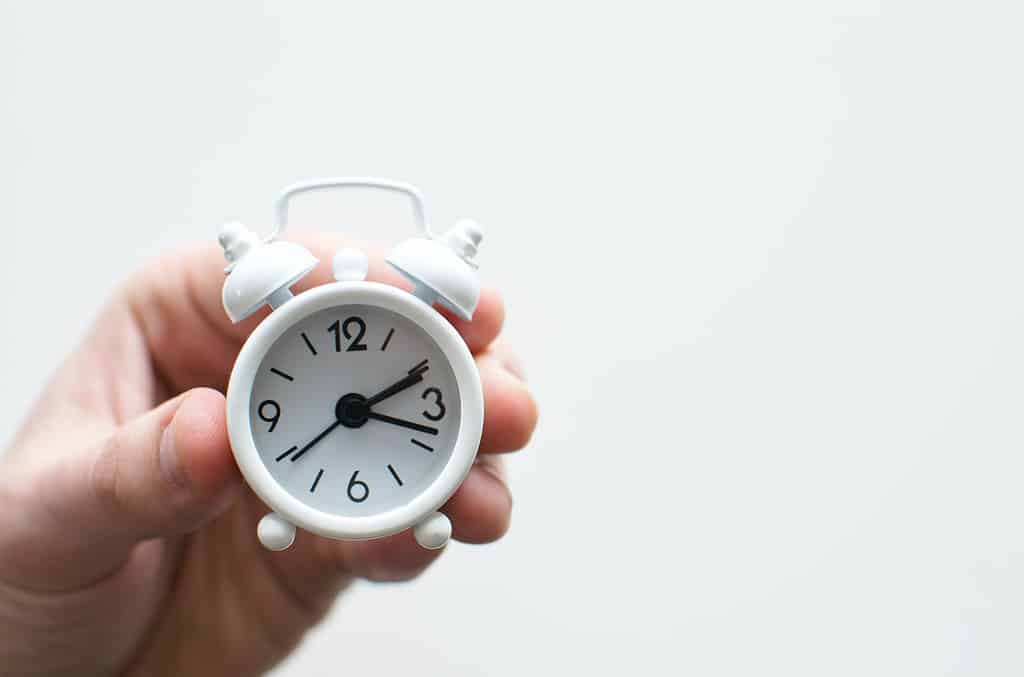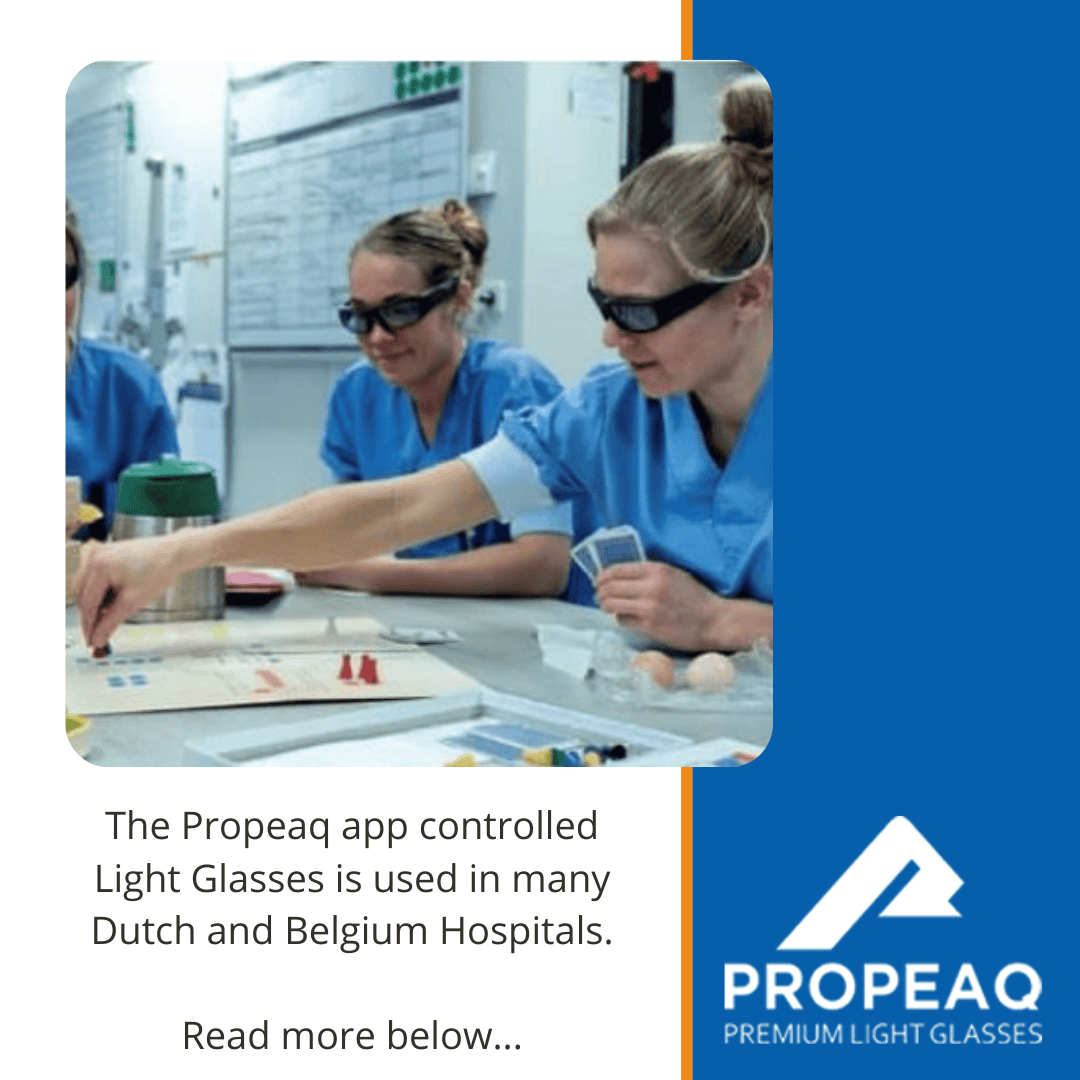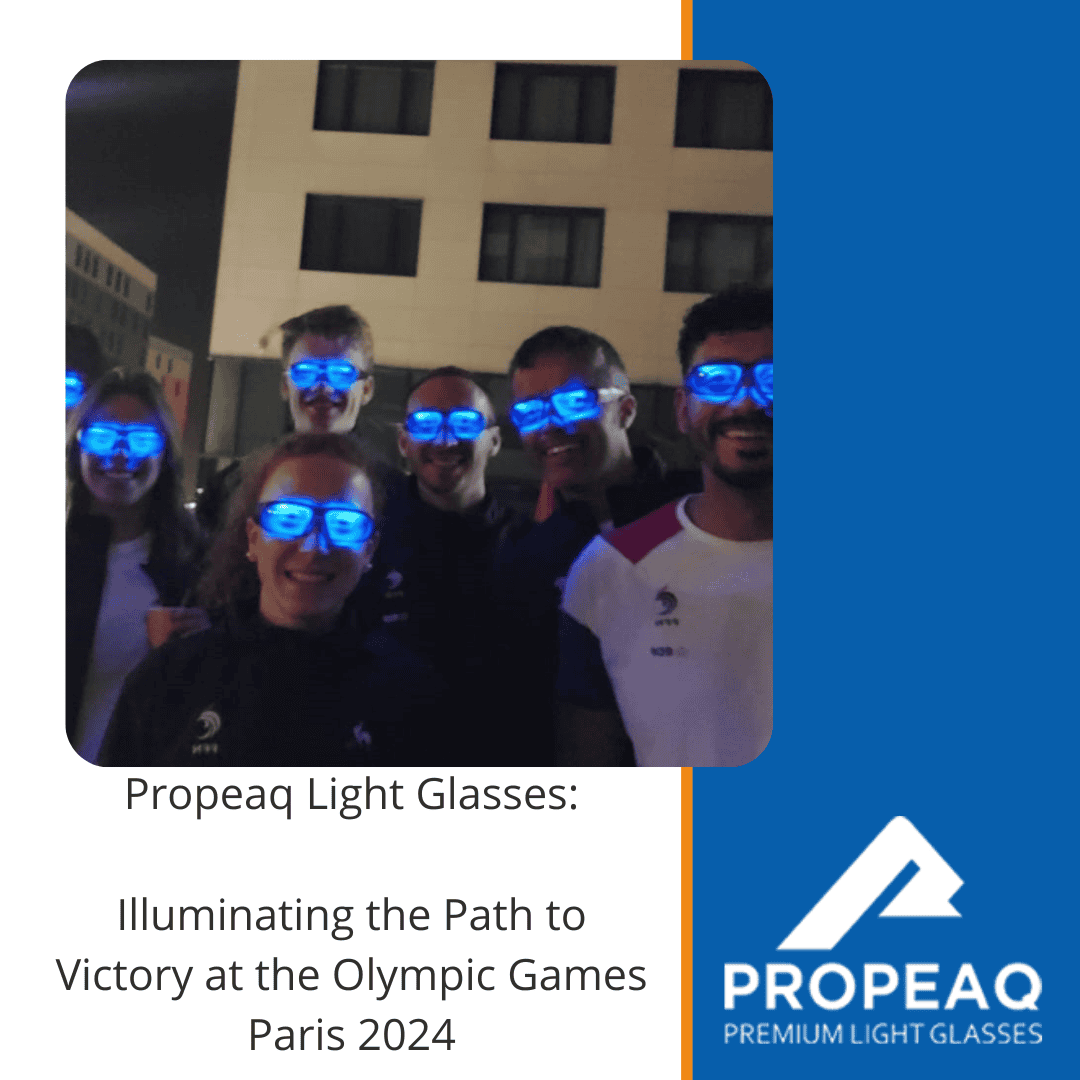
Daylight Savings Time (DST) is already active in the United States, Europe will shortly follow on march 27th. The clock time shifts one hour later and sparks controversy every year. Studies suggest there is evidence that the spring DST transition acutely increases motor vehicle accident (MVA) risk, which has been partly attributed to sleep deprivation and circadian misalignment.
Source: www.cell.com
Sleep deprivation
Sleep deprivation is a state caused by a poor or insufficient sleep. Every one knows that a healthy a varied diet is essential for good health. Good quality and sufficient sleep is often left out but is just as important as your diet. Propeaq can help you to fall asleep more easily and get your body back in its natural rhythm. Block blue light before going to bed. Change the lenses in the Propeaq glasses for the included orange lenses and wear the glasses half an hour before going to sleep, with the blue light off. This will result in a better sleep- wake rhythm.The consequences of DST on Motor Vehicle Accidents.
In order to test the hypotheses that DST transition actually causes more MVA’s researchers analyzed over 730.000 fatal MVA’s in the United States. The test was conducted with MVA’s from 1996 to 2017. Researchers observed an increased MVA risk in the working days (Monday to Friday) in the week after DST transition. This specific week showed in increase in MVA with a factor of 1.06 compared to any other week in that specific year. The researchers also specifically measured the increased risk in MVA of the DST transition week, compared to the adjacent weeks. A factor of 1.06 in this test is supporting the hypothesis that the observed risk increase during spring DST week is due to the DST transition. So how does this translate in numbers? In absolute numbers, this risk increase translates to an additional 5.7 fatal MVAs per day from Monday to Friday after DST transition. That is 28.5 during the workweek after the transition. Meaning that 626.9 out of 8,958 fatal MVAs in the 5 workdays after DST transition from 1996 to 2017 were attributable to DST, and thus were preventable.Time of day modifies overall risk
Daylight Savings Time means the clock is shifted forward, meaning the mornings are darker and evenings brighter, changing illumination conditions. So how does this translate in the MVA’s during the DST transition?
Separate analyses of the first and the second half of the day showed that fatal MVA risk was increased before 12pm in the spring DST week as compared with any other week of the year. After 12pm, a slightly increase in MVA risk was observed, albeit significantly smaller than before 12pm.
Conclusion
In conclusion, the data of 732,835 MVAs demonstrates that, in the US, spring DST transition increases the risk of fatal MVAs by approximately 6% in the week after DST transition. Effects are exacerbated in the morning and by living in western regions of time zones.
Although the observed effects are of moderate size, yearly DST transition affects billions of individuals, and thus small changes in MVA risk might have a substantial public health effect.
The results support the theory that abolishing time changes completely, would improve public health and reduce geographical health disparities, as observed in our time zone analysis.












